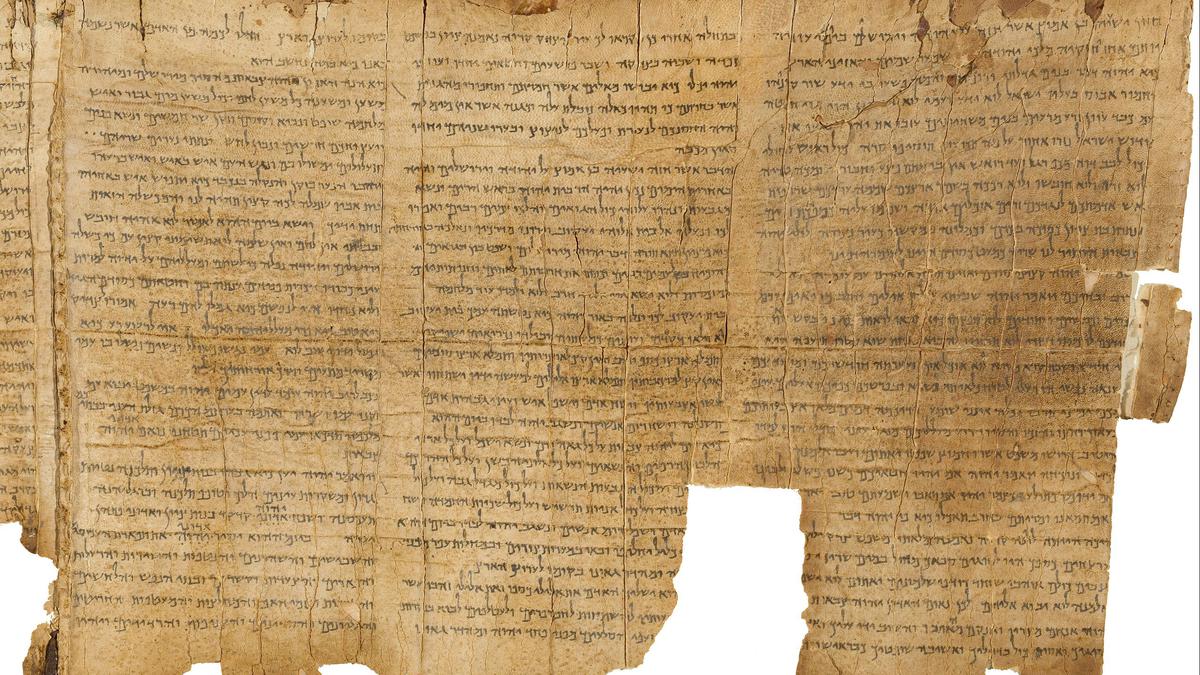Radiocarbon dating, also known as carbon-14 dating, is a scientific method used to determine the age of carbon-based materials, such as wood, bone, and charcoal, up to about 50,000 years old. Developed by Nobel Prize-winning chemist Willard Libby in the late 1940s, this revolutionary technique has transformed the field of archaeology and has been instrumental in dating artifacts, fossils, and even archaeological sites.
The basic principle of radiocarbon dating revolves around the fact that carbon-14, a radioactive isotope, is formed in the Earth’s atmosphere through interactions with cosmic rays. Living organisms, including humans, continuously absorb carbon-14 during their lifetime through processes like respiration and consumption of plants or animals. However, when an organism dies, it stops taking in carbon-14, and the isotope begins to decay at a known rate.
Scientists can measure the remaining amount of carbon-14 in a sample and use its half-life, which is approximately 5,730 years, to calculate the age of the material. By comparing the ratio of carbon-14 to carbon-12 in a sample to the ratio in the atmosphere, researchers can determine the time that has elapsed since the organism’s death.
Radiocarbon dating has been pivotal in dating archaeological finds, determining the age of ancient civilizations, and understanding the timeline of human evolution. It has provided valuable insights into historical events, such as the dating of ancient Egyptian tombs, the emergence of agriculture, and the peopling of different regions around the world.
As technology advances, researchers continue to refine and improve radiocarbon dating methods, expanding its applications and enhancing our understanding of the intricate tapestry of human history and the Earth’s geological past.
